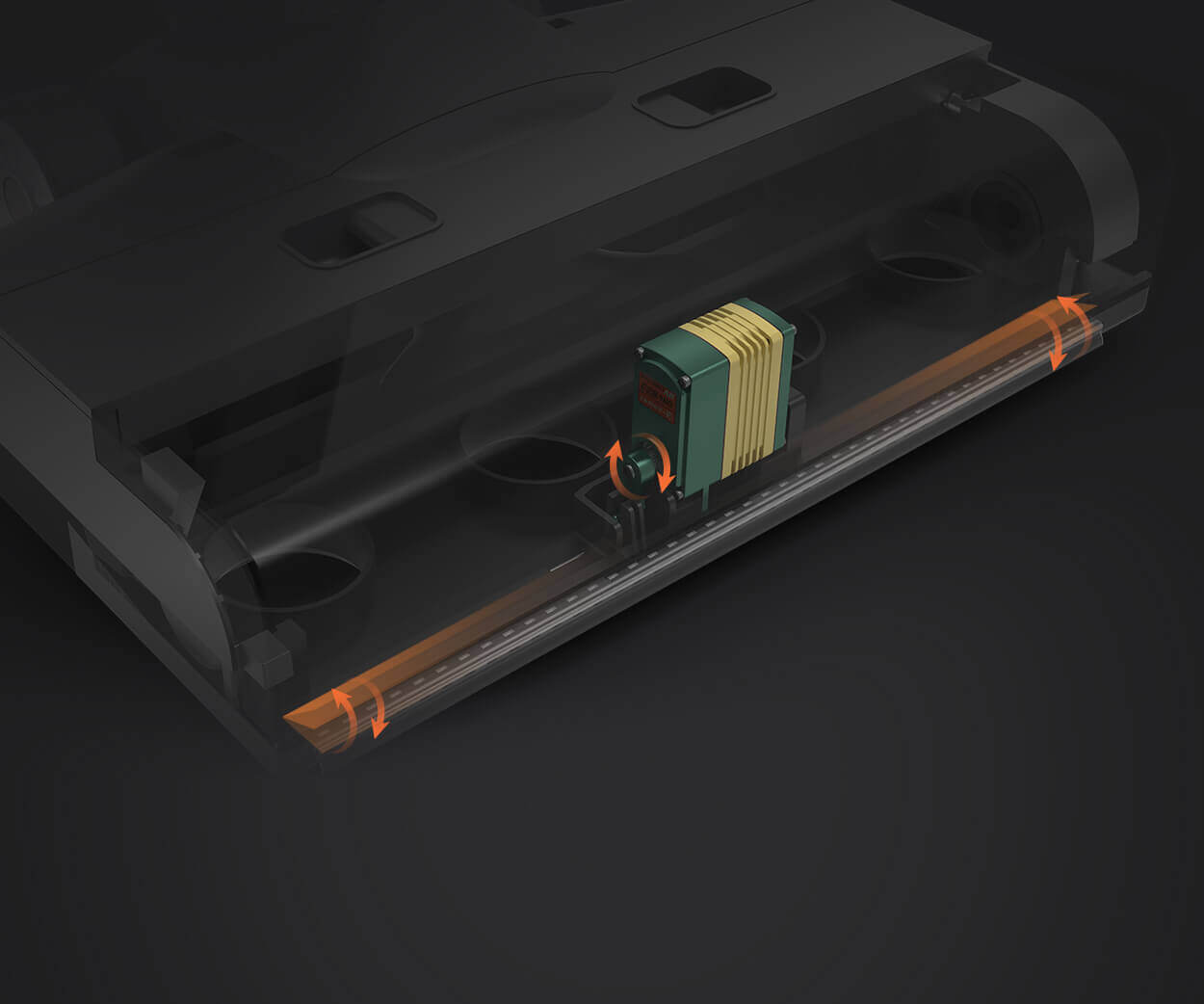Imagine this: you’ve got a sleek servo motor spinning with precision, and you want to know exactly where it’s at—no guesswork, no lag. That’s where magnetic encoders come into play. They’re like the brain behind the scenes, giving your system real-time feedback on position, speed, and direction. Sounds fancy, but it boils down to some pretty cool physics.

At the core of it is magnetism—simple yet powerful. The encoder inside the servo motor uses a tiny magnet or magnetic materials attached to a rotating part. When this magnet passes by the sensor, it produces a signal that can be read electronically. Think of it like a digital heartbeat, pulsing with each rotation. The sensor detects the magnetic field’s changes, converting those variations into signals that control the motor's response.
But how does this actually work? The principle isn’t just about detecting a magnet passing by. It’s about how the magnetic field’s strength and orientation change as the rotor spins. The encoder's electronics then interpret these changes with incredible precision. Sometimes, higher-end models use multiple magnets, creating a unique magnetic pattern that enables even more accurate position readings. That means smoother movements, tighter control, and fewer hiccups—perfect for robotics, CNC machines, or even camera gimbals where every fraction of a degree counts.
Ever wondered why magnetic encoders outperform optical ones in certain conditions? Well, optical encoders are sensitive to dust, dirt, and moisture—think of them as delicate flowers in a storm. Magnetic encoders, on the other hand, shrug off grime and debris. They’re like the rugged hikers of the encoder world. This makes them ideal for harsh environments—think factories, outdoor applications, or anything where dirt and vibration are the norm.
So, what’s the real takeaway? The principle of a magnetic encoder in a servo motor is all about translating magnetic flux changes into electrical signals. With this info, the control system adjusts motor operations on the fly. It’s craftsmanship in miniaturized form—tiny but mighty.
Is there a snag? Some might wonder about resolution and accuracy. It’s worth noting that magnetic encoders have come a long way, with some models offering astonishing detail. Plus, they’re easier to install and maintain compared to optical types, saving both time and headaches.
Ultimately, the beauty of the magnetic encoder principle is its robustness paired with reliable feedback. When you’re designing a system that demands fast, precise movements—think industrial automation or aerospace—you want a sensor that won’t let you down. Magnetic encoders fit that bill like no other. It’s about harnessing the invisible power of magnetism to keep everything spinning smoothly, seamlessly. That’s real engineering magic.
Established in 2005, Kpower has been dedicated to a professional compact motion unit manufacturer, headquartered in Dongguan, Guangdong Province, China. Leveraging innovations in modular drive technology, Kpower integrates high-performance motors, precision reducers, and multi-protocol control systems to provide efficient and customized smart drive system solutions. Kpower has delivered professional drive system solutions to over 500 enterprise clients globally with products covering various fields such as Smart Home Systems, Automatic Electronics, Robotics, Precision Agriculture, Drones, and Industrial Automation.




































